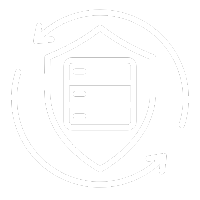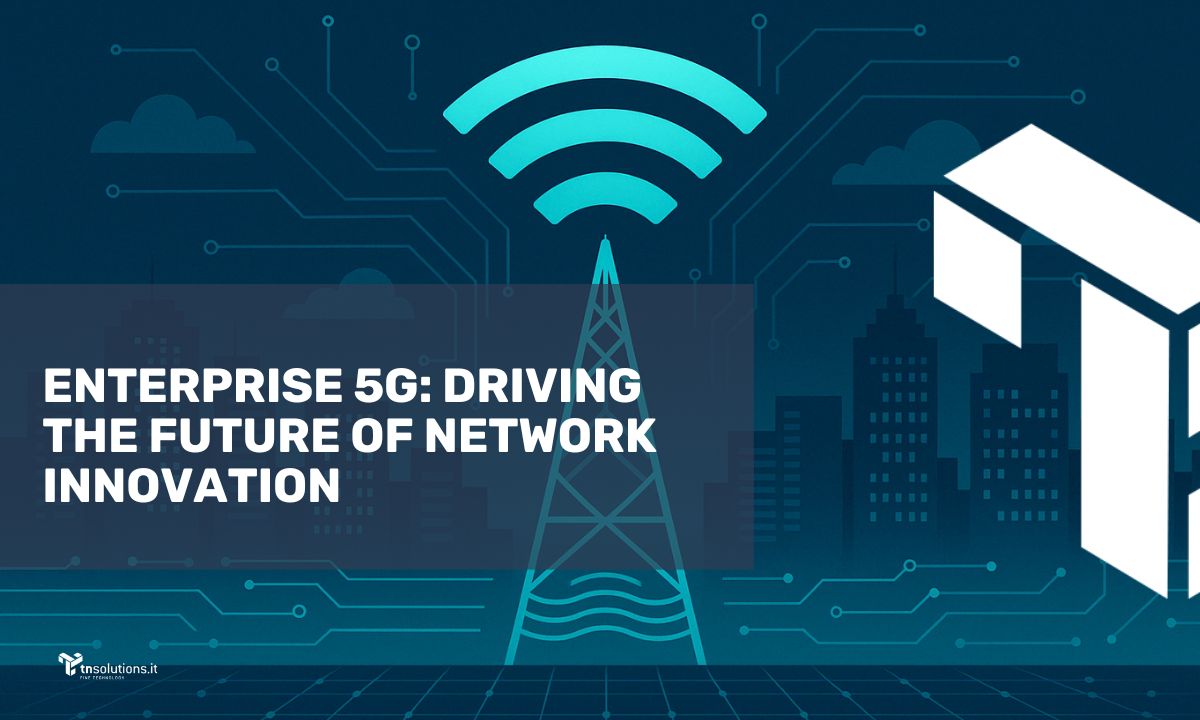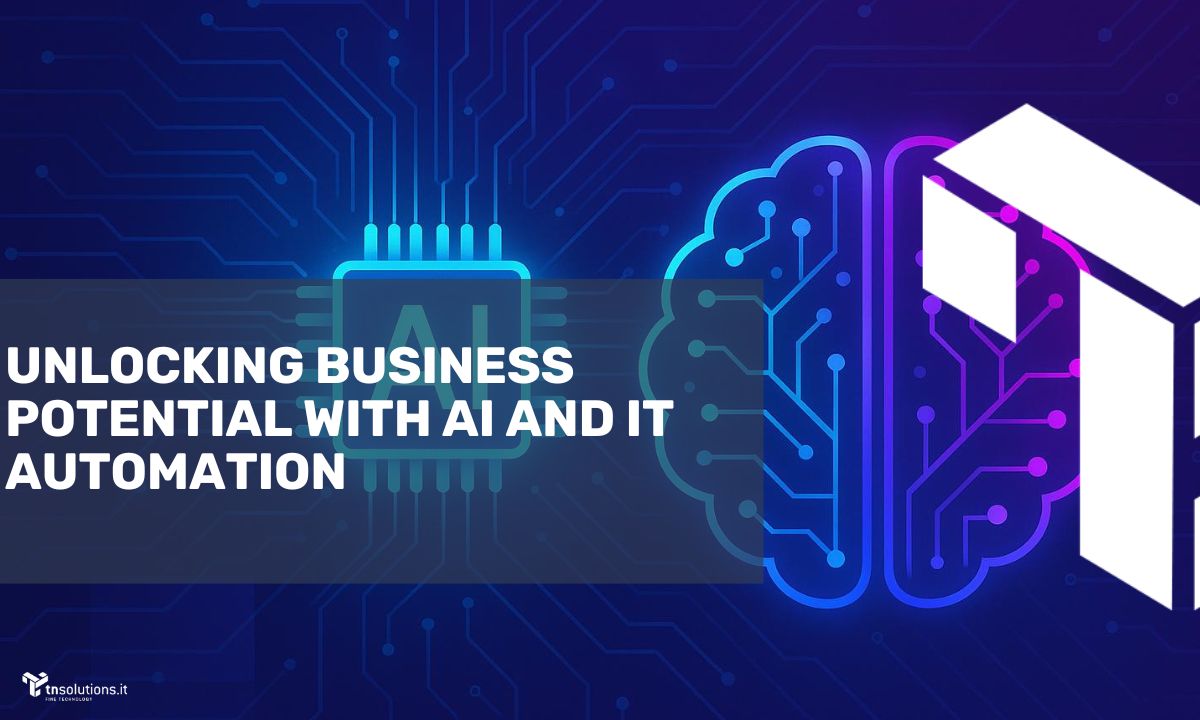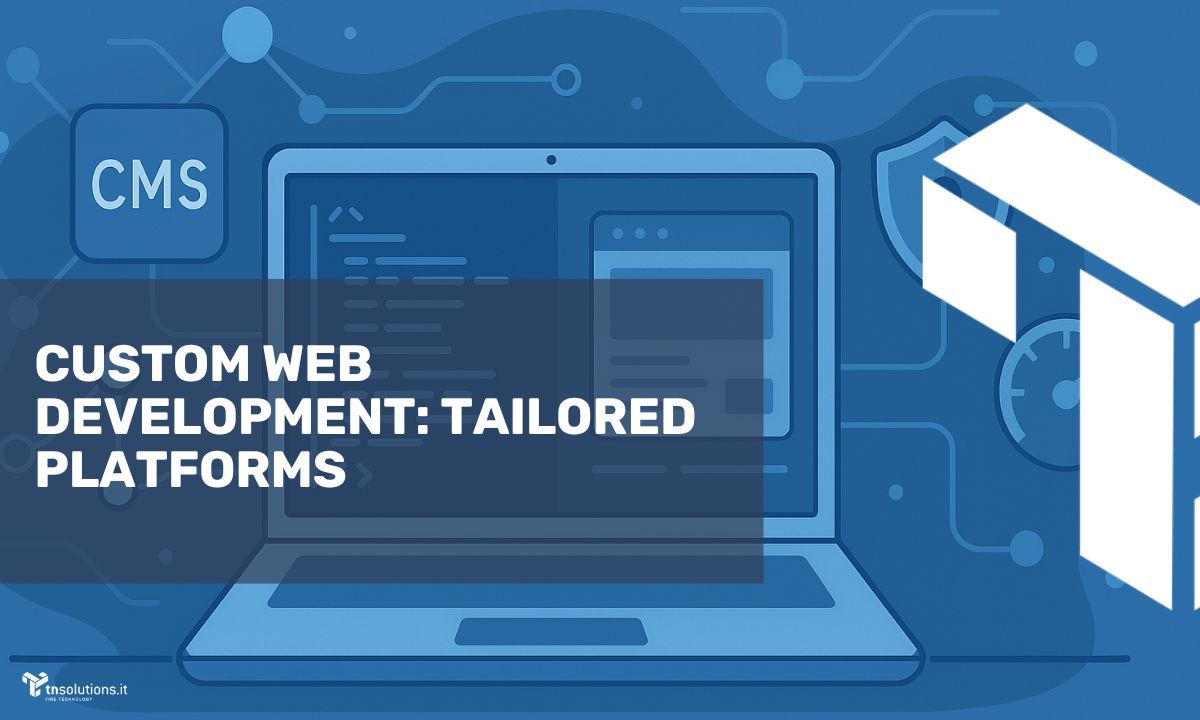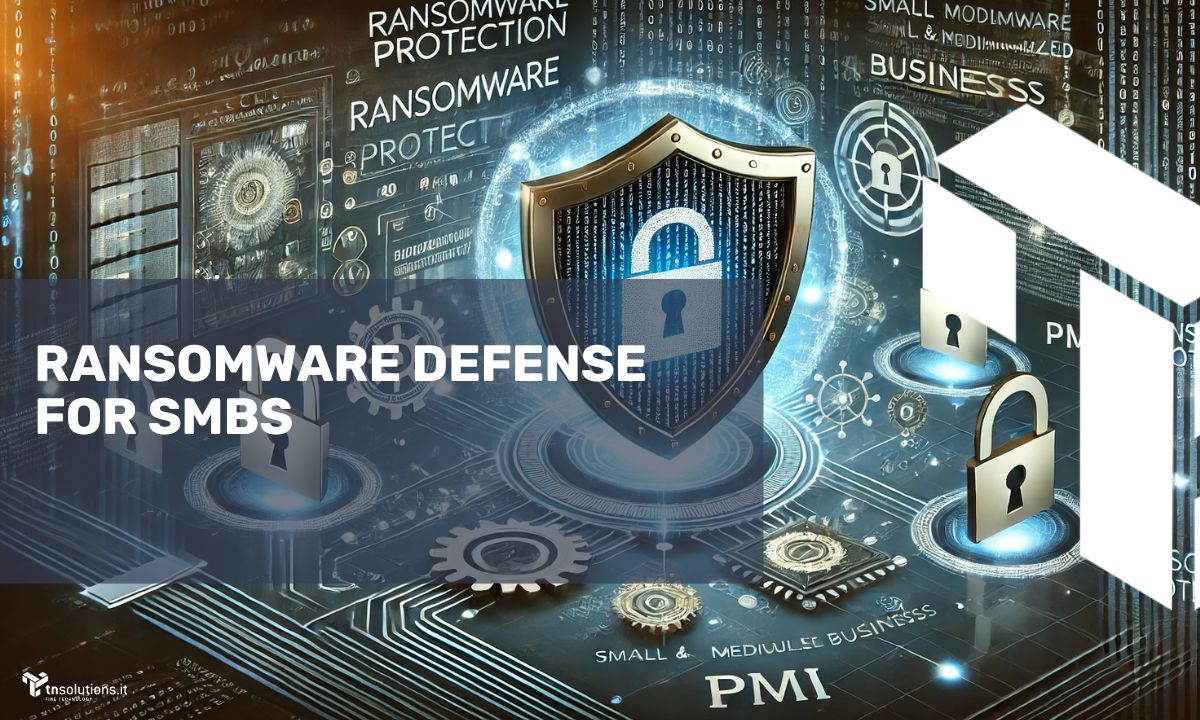
- Ransomware: Definition, Spread, and Risks for SMBs
- Ransomware Defense: Strategies and Best Practices
- Employee Training: The Key to Reducing Human Error
- The Future of SMB Cybersecurity
- Incident Response Planning for SMBs
- Economic Considerations and Competitive Advantages
- Protecting SMBs from Ransomware Attacks
- Practical Solutions and Recommended Products
- 7 Technical SEO FAQs
- 1. What is the difference between traditional antivirus software and advanced malware detection solutions?
- 2. Why is scripting relevant in preventing cyberattacks?
- 3. How can an effective backup and recovery plan mitigate ransomware attacks?
- 4. What are the benefits of a segmented network in ransomware defense?
- 5. What role does employee training play in cybersecurity?
- 6. How can open-source security products be integrated with commercial solutions?
- 7. When should a company consider outsourcing security services?
Ransomware: Definition, Spread, and Risks for SMBs
What is Ransomware and How Does it Work?
In today’s complex cybersecurity landscape, small and medium-sized businesses (SMBs) are increasingly targeted by cyber threats, with ransomware standing out as a particularly dangerous attack vector. This type of extortion malware encrypts or locks business-critical data, forcing victims to pay a ransom—often in cryptocurrency or other untraceable payment methods—to regain access.
Ransomware operates through sophisticated encryption algorithms such as AES and RSA, or hybrid combinations. Once infiltrated into a company’s network—via exploited vulnerabilities or human error—the malware encrypts files and databases, rendering them inaccessible unless a ransom is paid. However, paying does not guarantee data recovery, as attackers may refuse to provide the decryption key or engage in “double extortion” by threatening to leak stolen data.
Why Are SMBs Prime Targets?
SMBs are particularly vulnerable to ransomware attacks due to several factors:
- Limited financial resources: Many SMBs cannot afford enterprise-grade security solutions or dedicated cybersecurity teams.
- Low security awareness: Employees often lack the necessary cybersecurity training, increasing susceptibility to phishing and social engineering attacks.
- Outdated infrastructure: The use of obsolete operating systems and unpatched software makes SMBs easy targets for ransomware propagation.
- Reputation damage: A cyberattack can lead to operational downtime and data breaches, significantly harming business credibility and client trust.
Understanding these vulnerabilities is the first step in implementing a robust ransomware defense strategy that combines cutting-edge technology, best practices, and employee training.
Main Infection Vectors
Beyond traditional malicious email attachments and phishing links, ransomware can infiltrate SMB networks through:
- System vulnerabilities: Unpatched software and operating systems exploited by automated scripts or exploit kits.
- Exposed RDP (Remote Desktop Protocol): Weak credentials or a lack of multi-factor authentication (MFA) make RDP a common attack vector.
- Infected USB devices: Employees unknowingly introduce ransomware by connecting compromised storage devices.
- Drive-by downloads: Malicious websites that automatically download malware onto a visitor’s device.
Ransomware Defense: Strategies and Best Practices
Network Segmentation and Access Control
One of the most effective measures to contain ransomware spread is network segmentation—either logically (VLAN) or physically. This approach prevents malware from moving laterally within a network. Even if an endpoint is compromised, the attack remains confined, protecting critical servers and data.
Enforcing the Principle of Least Privilege (PoLP)—granting employees only the permissions necessary for their roles—further reduces attack surfaces and mitigates the impact of breaches.
Advanced Malware Detection and Behavioral Analysis
Next-generation malware detection platforms go beyond signature-based detection by integrating machine learning and sandboxing. These solutions analyze real-time process behaviors, identifying threats through indicators such as:
- Mass encryption of files within a short time frame.
- Attempts to disable security services.
- Unauthorized connections to unknown remote servers.
Leading commercial solutions include SentinelOne, CrowdStrike Falcon, and Carbon Black, while open-source alternatives like Wazuh (based on OSSEC) offer solid threat detection capabilities.
Next-Generation Antivirus Software
Traditional antivirus software, reliant solely on known virus signatures, is insufficient against modern ransomware. Advanced security suites now feature:
- Heuristic scanning: Identifies suspicious behavioral patterns that may indicate malware activity.
- Cloud-based updates: Real-time updates ensure faster response to emerging ransomware variants.
- Real-time protection: Immediate blocking and quarantine of suspicious files with automated IT alerts.
Popular solutions include Kaspersky Endpoint Security, Sophos Intercept X, and Bitdefender GravityZone. Open-source options like ClamAV provide basic protection but lack advanced features found in commercial counterparts.
Automation and Scripting for Cybersecurity
Automation through scripting is crucial for SMBs with limited IT resources. Using scripts in Python, PowerShell, or Bash, companies can:
- Automate patch management: Ensuring all systems receive timely security updates.
- Log analysis and event correlation: Detecting suspicious trends from network and endpoint logs.
- Rapid response to threats: Automatically isolating infected devices, disabling compromised accounts, and updating firewall rules.
Backup and Disaster Recovery: The Ultimate Shield
Even with strong preventive measures, no system is 100% immune. A well-structured backup and disaster recovery plan remains the most effective safeguard against ransomware:
- 3-2-1 Backup Strategy: Maintain three copies of data on two different storage types, with one copy stored offsite.
- Immutable Backups: Use WORM (Write Once, Read Many) storage or cloud services with versioning and protection against unauthorized deletions.
- Regular Recovery Testing: Periodically verify the ability to restore data in ransomware simulation scenarios.
Leading solutions include Veeam Backup & Replication, Acronis Cyber Backup, and Arcserve UDP, while open-source tools like BorgBackup, Restic, and Bareos offer flexible and reliable backup management.
Employee Training: The Key to Reducing Human Error
Security Awareness Campaigns and Phishing Simulations
Most ransomware infections occur due to human errors, such as opening malicious email attachments or entering credentials on fraudulent websites. Employee training is crucial for ransomware prevention. Effective strategies include:
- Phishing simulations: Sending test emails to assess employee awareness, followed by training sessions.
- Company security guidelines: Establishing clear policies on password management, VPN usage, and incident reporting.
- Regular workshops: Keeping staff informed about evolving threats through hands-on cybersecurity training.
Management Involvement and Incentives
A successful training program requires top-down support. Encouraging a security-first culture and rewarding employees for best practices—such as recognizing phishing attempts—enhances overall cybersecurity resilience.
The Future of SMB Cybersecurity
Zero Trust Architecture
Many SMBs are adopting Zero Trust security models, which operate under the principle of “never trust, always verify.” Every access request is scrutinized before being granted, limiting unauthorized lateral movement within a network.
AI and Threat Intelligence
Cybercriminals are leveraging AI-driven attacks, fileless malware, and zero-day exploits to bypass traditional defenses. SMBs must counter these threats by investing in:
- Predictive analytics: AI-based early warning systems that detect suspicious behavior before data encryption begins.
- EDR/XDR solutions: Endpoint Detection and Response (EDR) and Extended Detection and Response (XDR) platforms for comprehensive incident analysis.
- Proactive threat hunting: Security teams actively searching for indicators of compromise (IoCs) within network environments.
Incident Response Planning for SMBs
Key Components of an Incident Response Plan (IRP)
Every SMB should have a well-documented IRP outlining:
- Roles and responsibilities: Defining who manages containment, communication, and forensic analysis.
- Isolation procedures: Steps for disconnecting infected systems to prevent further spread.
- Restoration priorities: Identifying critical systems and ensuring rapid recovery from backups.
- Post-incident reviews: Learning from attacks to strengthen future defenses.

Economic Considerations and Competitive Advantages
The True Cost of a Ransomware Attack
Beyond ransom payments, ransomware incurs additional costs, including:
- Operational downtime: Lost revenue due to business disruption.
- Remediation expenses: IT and security consultant fees, hardware replacements, and software upgrades.
- Reputation damage: Loss of customer trust and potential regulatory penalties.
ROI of Cybersecurity Investments
Implementing robust ransomware defenses delivers tangible benefits:
- Risk reduction: Lower likelihood of devastating cyberattacks.
- Operational efficiency: A secure and well-managed infrastructure improves business continuity.
- Customer trust: Demonstrating strong cybersecurity measures enhances market credibility.
- Cost savings: Proactive security investments are more affordable than post-attack recovery.
By prioritizing cybersecurity, SMBs can position themselves as resilient, trustworthy partners in an increasingly digital business environment.
Protecting SMBs from Ransomware Attacks
Strategic Directions for SMBs
Small and Medium-Sized Businesses (SMBs) that recognize the importance of advanced cybersecurity protection can position themselves as reliable and resilient partners, attracting clients concerned about data security. As cyberattacks become increasingly sophisticated, the ability to stay competitive versus suffering severe damage largely depends on implementing high-level ransomware defense policies and solutions.
Practical Solutions and Recommended Products
Firewalls and UTM Solutions
- pfSense (open source) and OPNsense (open source): Firewalls based on FreeBSD, offering perimeter protection, VPN services, and IDS/IPS capabilities.
- FortiGate (commercial) by Fortinet: A comprehensive Unified Threat Management (UTM) system with application filtering and integrated malware detection.
EDR and XDR Solutions
- CrowdStrike Falcon (commercial): A cloud-based platform combining Endpoint Detection and Response (EDR), threat hunting, and behavioral analysis.
- Microsoft Defender for Endpoint (commercial, specific licenses required): Provides advanced exploit protection and centralized security event analysis.
Backup Solutions
- Veeam (commercial): A market leader in virtualized environment backups (VMware, Hyper-V), offering rapid recovery solutions.
- BorgBackup (open source): Designed for incremental, deduplicated backups with end-to-end encryption.
- Acronis Cyber Backup (commercial): Features built-in AI-driven anti-ransomware protection.
7 Technical SEO FAQs
1. What is the difference between traditional antivirus software and advanced malware detection solutions?
Traditional antivirus software primarily relies on signature-based detection of known viruses. Advanced malware detection solutions integrate behavioral analysis, sandboxing, and machine learning to identify even unknown ransomware variants.
2. Why is scripting relevant in preventing cyberattacks?
Scripting automates security processes such as patch installation, log monitoring, and compromised device isolation, reducing response time and minimizing human errors.
3. How can an effective backup and recovery plan mitigate ransomware attacks?
To ensure ransomware resilience, organizations must:
- Store backups securely (3-2-1 rule, immutable backups).
- Conduct regular restore tests to verify data recoverability.
- Isolate backup repositories from the production network to prevent encryption of backup copies.
4. What are the benefits of a segmented network in ransomware defense?
Network segmentation prevents ransomware lateral movement, containing infections within restricted zones and protecting critical servers and resources.
5. What role does employee training play in cybersecurity?
Employee training significantly reduces the risk of ransomware infections caused by phishing and social engineering attacks. Educated staff can identify cyber threats and adopt security-conscious behaviors.
6. How can open-source security products be integrated with commercial solutions?
Open-source tools like pfSense, ClamAV, or Wazuh can be combined with enterprise-grade solutions, forming a hybrid security strategy that balances affordability and advanced features—provided they are properly configured and regularly updated.
7. When should a company consider outsourcing security services?
Organizations should seek external security providers when:
- Internal cybersecurity expertise is insufficient.
- Implementing advanced technologies requires specialized knowledge.
- A scalable, best-practice-aligned approach is needed to ensure optimal security management.
By adopting proactive security measures and leveraging both open-source and commercial solutions, SMBs can enhance their cybersecurity posture, ensuring business continuity and long-term resilience.



